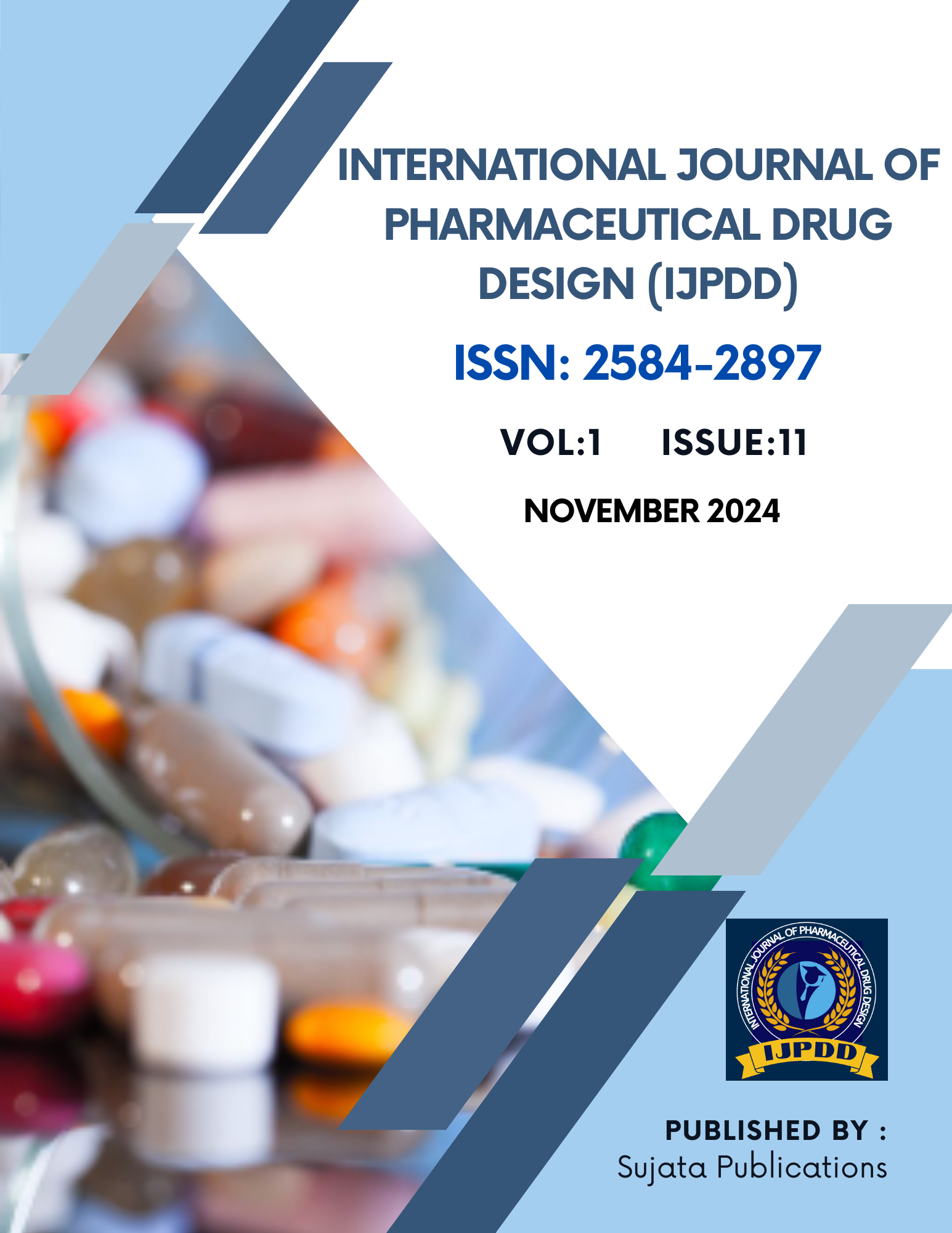Green Chemistry: Sustainable Approaches in Chemical Synthesis
DOI:
https://doi.org/10.62896/ijpdd.1.12.3Keywords:
Green chemistry, atom economy, catalysis, sustainable solvents, energy efficiency, hazardous waste reduction, renewable feedstocks, microwave synthesis, supercritical CO₂, photochemistry.Abstract
Green chemistry, introduced by Anastas and Warner, represents a sustainable approach to chemical synthesis aimed at minimizing environmental impacts, reducing waste, and enhancing resource efficiency. This review discusses key principles of green chemistry, such as atom economy, the use of green solvents like water and supercritical CO₂, and catalysis as pivotal strategies for reducing hazardous waste and energy consumption. Advancements in energy-efficient processes, like microwave-assisted synthesis and photochemistry, and the push for safer reagents like hydrogen peroxide further contribute to the goals of sustainability in chemical manufacturing. The integration of green chemistry into industrial processes is crucial for addressing global environmental challenges.
Downloads
Published
Issue
Section
License
Copyright (c) 2024 Sujata Publications

This work is licensed under a Creative Commons Attribution-NonCommercial 4.0 International License.
















